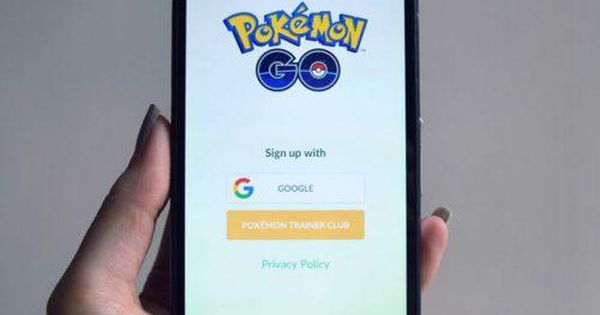Traditionally, art appreciation has taken place in the museum or gallery settings, but these days it might be as easy as going shopping. Take Apple and Whole Foods, both of which have commissioned artists to create ambitious murals as advance marketing for about-to-launch stores. Or Uniqlo, which formed a unique partnership with the Museum of Modern Art resulting in its SPRZ NY line of artwork-inspired tees. H&M has also gotten in on the action with its limited-edition “Alex Katz x H&M” collection of wearable art.
The approach seems to be working: Digital marketing agency SYZYGY Group ran an experiment in 2014 to test the efficacy of art as marketing. Titled “#20Things,” the company commissioned digital art portraying the internet’s 20 biggest watercooler moments from that year (such as the ice bucket challenge). After reviewing the data, SYZYGY found that art well-exceeded market reports, blogs and social media posts in terms of campaign reach and positive feedback.
These trends and findings gel with the transition of retail from transactional to experiential — and, for retailers, they don’t just apply to art, but to videos, music, virtual reality and anything else that can amp up a routine shopping trip. As brick-and-mortar retailers struggle to stay relevant, the key to surviving (and thriving) will lie in providing value-added experiences consumers can’t get online or anywhere else.
Consider the success of Pokémon Go, which set a fervent fan base loose at designated PokéStops (such as Sprint and Starbucks locations) to capture coveted Pokémon creatures. Not only did the innovative mobile app drive foot traffic to participating stores, but many retailers also reaped impressive returns. For instance, GameStop saw its sales more double within a few weeks of the app’s July 2016 launch.
Pokémon Go is just one example of how virtual and augmented reality are changing the game for retailers and brands. Shazam has been an innovator in the augmented reality space for retail, enabling consumers to scan codes for 3-D animations, mini-games, 360-degree videos and more. Its first partnership was with Hornitos Tequila, in which shoppers could play an interactive memory game by scanning in-store codes.
Fashion designer Rebecca Minkoff has also leveraged these technologies to benefit her brand — livestreaming her runway show in 360 virtual reality and enabling spectators to see the styles on their own bodies via augmented reality app Zeekit. These experiences translate to her physical store in New York, where shoppers sip on complimentary champagne while choosing clothes to try on via an interactive wall. Once they enter the fitting room, a smart mirror suggests additional outfits based on the selections made — it can also alter lighting to mimic various environments. In a Today interview, Minkoff said customers buy three times more clothing when they interact with the mirror.
This type of helpful and fun interaction isn’t relegated only to the fashion setting. It’s easy to see the possibilities for geo-targeted mobile video ads. Picture beauty influencers demonstrating products as consumers browse the Sephora aisles, or top chefs sharing their secrets on how to incorporate ingredients found in the grocery store. This is not just entertaining, it’s likely effective: Video has the best conversions of any content platform. Additionally, consumers trust influencer opinions more than traditional ads or endorsements.
It’s no secret that music can also influence consumer buying choices, and music plays a big part in the equation of making retail synonymous with entertainment. Converse is leading the way: In 2015, the sneaker brand sponsored a global studio takeover granting free recording time to 84 music acts around the world. The result was a carefully curated 13-track playlist, along with behind-the-scenes videos and documentaries. Music was also featured in Converse’s “Made by You” campaign, which celebrated the artistry of Chuck Taylors through global art installations (showcasing custom Chucks by Patti Smith and Andy Warhol) and in-store events with live DJs.
Herein lies the intersection of information, entertainment and, of course, commerce. In a world where people can buy, watch, learn or listen to almost anything on demand, retailers must swiftly embrace the culture of instant gratification. It’s imperative to know how to keep customers engaged and entertained.
Still, hope reigns: A recent Bain & Co. report projected that 75% of sales will still take place in physical retail locations in 2025, even amid recent doom-and-gloom reports about the future of brick-and-mortar retail. The secret to longevity will lie in how retailers evolve with the changing landscape to design experiences that can’t be easily replicated. As Liquid Agency said in its recent “The Future of Retail” whitepaper, “The retail experience should be one that feels less like a path to purchase and more like a first date that went really, really well.”
As marketers think about their brand benefits and how to best communicate them to their audiences, it would serve them well to incorporate elements of entertainment into their engagement and activation strategies. Add checkpoints to your marketing plan review that include: How will this entertain our consumer? Inspire them? Be worth their time and attention? The “is it new and different” question that marketers have been answering for decades in their creative briefs now needs to apply to the marketing and retail experience as well.

